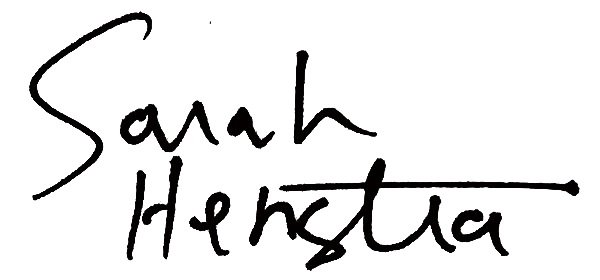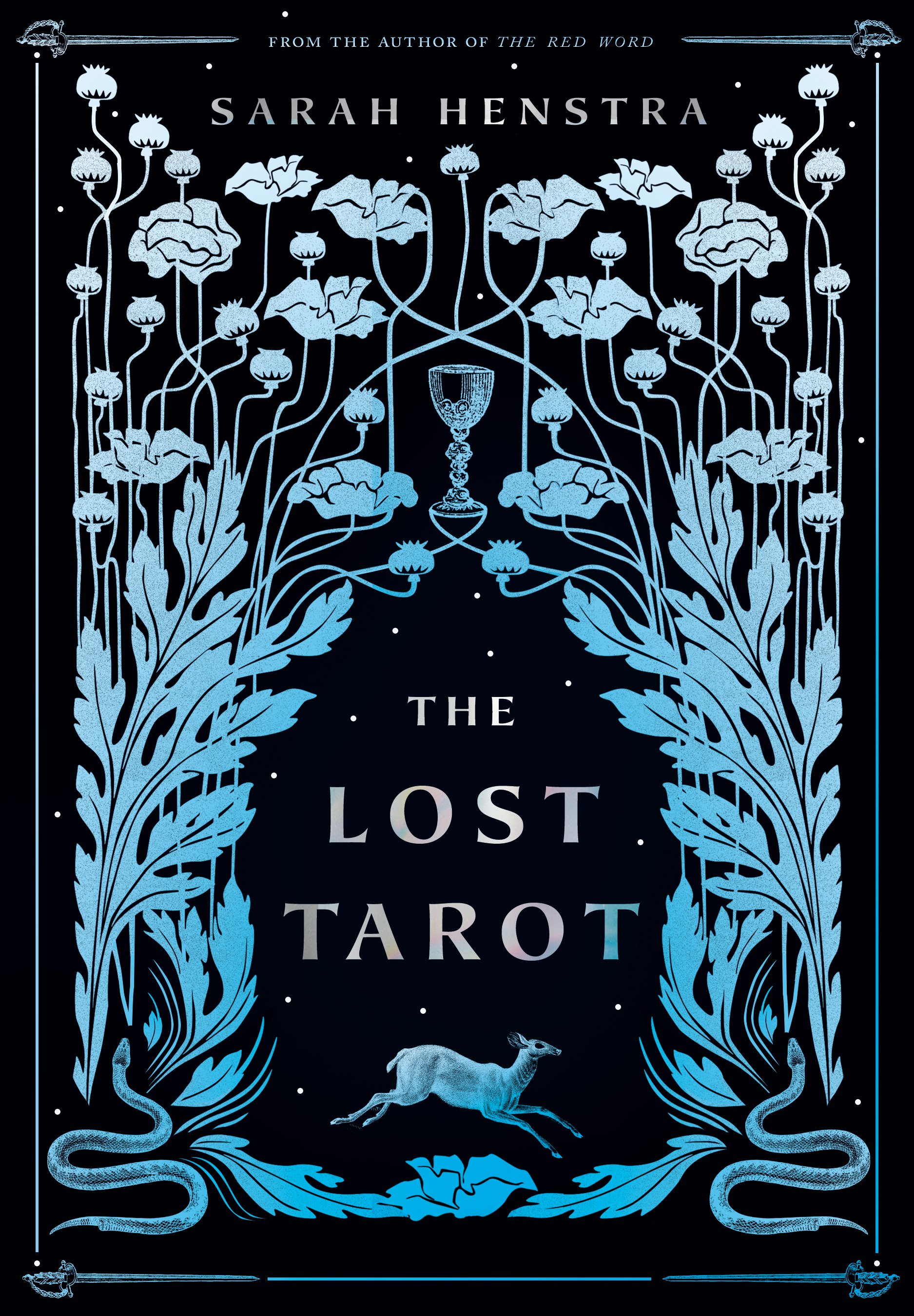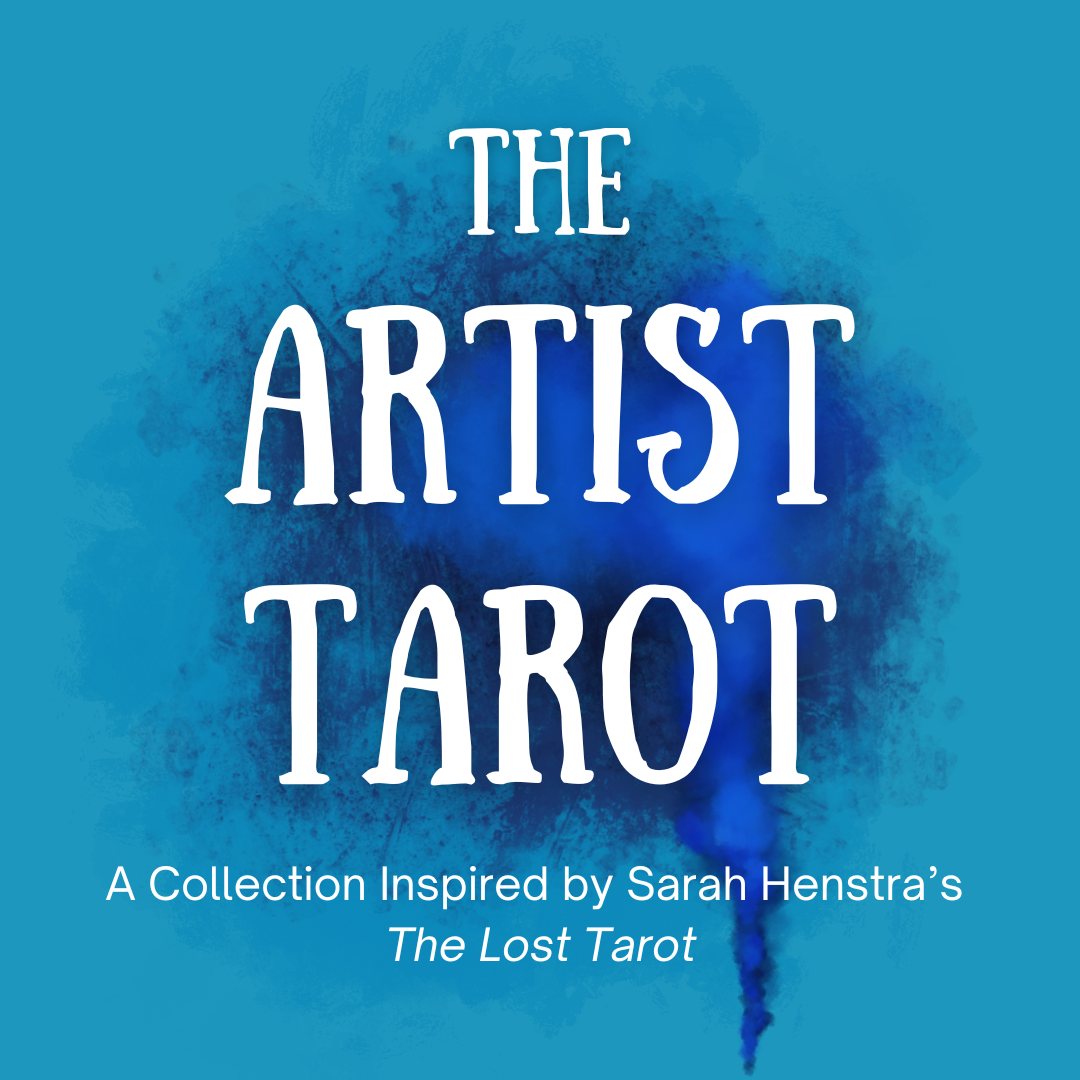Thank you for your interest in the Artist Tarot Project, a collaborative visual-art initiative emerging from my newest novel The Lost Tarot, out now from Doubleday Canada.
Want to get involved? Below you will find some FAQ-style information including background and context for the project, logistics, deadlines and next steps. After scrolling through, if you have additional questions and/or would like to say YES, COUNT ME IN!!, please fill out the form at the bottom of the page.
About the Artist Tarot Project:
-
My newest novel, The Lost Tarot, centers on a (fictional) set of tarot cards painted by a (fictional) famous Surrealist artist in the 1930s. The tarot paintings have been lost to history—believed to have been destroyed in a fire—and their (re-)discovery in a London charity shop kicks off the novel’s central mystery.
One of my favorite parts of writing The Lost Tarot was dreaming up and describing the various cards. Some depict key characters, scenarios or symbols in the story; others incorporate fairytale and myth motifs or reinterpret traditional tarot archetypes. In writing about the tarot designs as well as the artist’s other paintings, I got to participate in an age-old tradition called ekphrasis, writing that describes and responds to works of visual art. Except for one thing: these works of visual art don’t exist in real life—yet.
During the long, solitary years of writing, revising and editing the book, I kept fantasizing about someday seeing the cards brought to life by artists who can do with paint and other materials what I can only do with words. And now this fantasy is coming true! It’s a MASSIVE thrill for me to see the ways that individual artists bring their own aesthetic and thematic interpretation to these images.
At a practical level, the Artist Tarot Project is helping me spread the word about my new book beyond my own circle of (mostly) writers, lit students, and book-club types. It’s building a gorgeous gallery that I can proudly feature on my website and socials, which otherwise are mostly comprised of words, words and more words, *sigh*.
-
Each artwork in the web gallery is captioned with the relevant text from The Lost Tarot that describes the card. For example, the image on tarot card #20, titled “Judgment,” is referred to as depicting the following scene:
“A Red Cross helicopter hung over a field of wounded infantrymen.”
That’s it, one line. Obviously, such a sketchy description leaves tons of room for creative interpretation on your part. I’m hoping one of the descriptions in my list will spark your curiosity/inspiration, and then you’re free to take it from there.
You'll note that several of the cards are not described in the novel at all. In these cases you have a totally blank slate to do whatever you want. All of the non-arcana cards (numbered 1-10 in the suits of Cups, Wands, Swords and Pentacles) are also undescribed and wide open to your artistic interpretation. I recommend The Tarot Lady (Theresa Reed)'s card-by-card descriptions for an intelligent, modern take on traditional readings.
Your artwork can be any size and colour(s), and executed in any medium you prefer. As a printed set, tarot cards typically measure 7 x 12cm (2 3/4 by 4 3/4 in), an aspect ratio of 11:19 (width is 58% of height). Therefore, if the Artist Tarot collection grows enough to someday print a deck of cards, be aware that your piece will need to be cropped or fitted to these dimensions.
-
This is a voluntary project. The art you make remains your own, to show or sell as you choose. Inclusion in the Artist Tarot Project means your piece gets featured on my author website and socials (and maybe the publisher’s once or twice) + included in the physical exhibit at the book’s launch party if you can participate!
I understand that many artists can’t afford to make any new work except under an artist’s-fee or commission arrangement. Unfortunately, as an artist myself, I can’t afford to purchase the original artworks either. If you’re keen to participate but can’t do so under the terms laid out here, please get in touch and we can maybe put our heads together about an alternative agreement.
(If the project grows to the point where producing and printing a full 78-deck of tarot cards becomes feasible, I’ll revisit permissions and rights arrangements with each artist.)
-
You’re reading this page because something about contributing to an Artist Tarot appeals to you! Here are some additional reasons why you might be a good fit:
Maybe you love reading and would like to check out an advance copy of the novel?
Maybe you’re already interested in tarot and you’d like to have your work featured in a set of cards without committing to creating an entire 78-card deck of your own?
Maybe you like the idea of reaching a wider and more varied audience for your work (readers of literature are often also patrons of the visual arts)?
Maybe you enjoy artistic collaboration, community and cross-fertilization?
Maybe you write (or aspire to write) as well as paint/draw, and you like the idea of dipping a toe in the world of writers and publishing?
More about Sarah Henstra and The Lost Tarot:
-
Here is the description from the book’s back cover:
A legendary set of cards is the key to unravelling decades of secrets in this dazzling novel about the power of art and deception, from Governor General's Award–winning author Sarah Henstra.
Theresa Bateman, a struggling junior art historian in Toronto, receives a single tarot card in the mail. The image is unmistakably the work of celebrated avant-garde artist Lark Ringold, and its discovery would mean a breakthrough in Theresa's career. But the legendary Ringold Tarot doesn't exist. . . . Its paintings were lost in a fire that claimed Lark's life along with dozens of others—the final, horrific implosion of a notorious cult called the Shown.
Sixty years earlier in England, Lark and his twin sister Nell join a bohemian commune led by their charismatic uncle. While Lark settles happily into his work on the tarot project to aid in his uncle's occult teachings, Nell finds it harder to adjust. Just beneath the Shown's golden surface she uncovers secrets that, if revealed, threaten to erupt into chaos.
Why was the tarot card sent to Theresa? How can she prove its connection to Ringold when her art-world superiors declare it a fake? And who has been holding onto it for all these years—and why? As Theresa follows the trail of the lost tarot, she is drawn into the deeply entwined mysteries of Nell, Lark and the Shown. What begins as the tale of one artist and the battle over his legacy unspools into a web of passion, violence and deceit. In twist after startling twist, and in vibrant, exquisite prose, The Lost Tarot is a landmark novel about love, creativity, power and perception.
-
I’m the author of The Red Word, which won the 2018 Governor General’s Literary Award for Fiction and was nominated for the Dublin International Literary Award. I am also author of the young adult novels Mad Miss Mimic, a CLA Best Book for Teens and a finalist for the Geoffrey Bilson Award for Historical Fiction for Young People, and We Contain Multitudes, which was the 2022 “Vermont Reads” program title and was nominated for the White Pine Award. I hold a PhD in English and am a professor at Toronto Metropolitan University.
More about me on my bio page.
-
I’ve been a tarot-card reader for many years now, and I liked the idea of bringing this hobby of mine into a work of fiction. Could I structure a novel in 22 chapters, one for each of the 22 major arcana of the tarot, each of which in some way shapes what’s happening in the story? Could some of the archetypes of the tarot (e.g,. the Magician, the High Priestess) appear in modern-day form as characters?
Originally I wrote a strictly “historical” version of the novel set in 1930s Britain. I was inspired by the creation of the famous Rider-Waite tarot that was designed by members of an occult society called the Hermetic Order of the Golden Dawn. But while I had great fun writing about secret societies and arcane rituals, I discovered that what really interested me was the imbalance of power. The woman who illustrated the cards, Pamela Colman Smith, never received proper credit for her contribution and eventually died in poverty.
How do artists, especially female or otherwise marginalized ones, sustain themselves within a patriarchal system that devalues their work? To explore this question more fully, I needed to introduce another thread to the story: the academic scene of the early two thousands, in which a young art historian, Theresa Bateman, discovers the lost tarot and is drawn into the secrets of the past.


